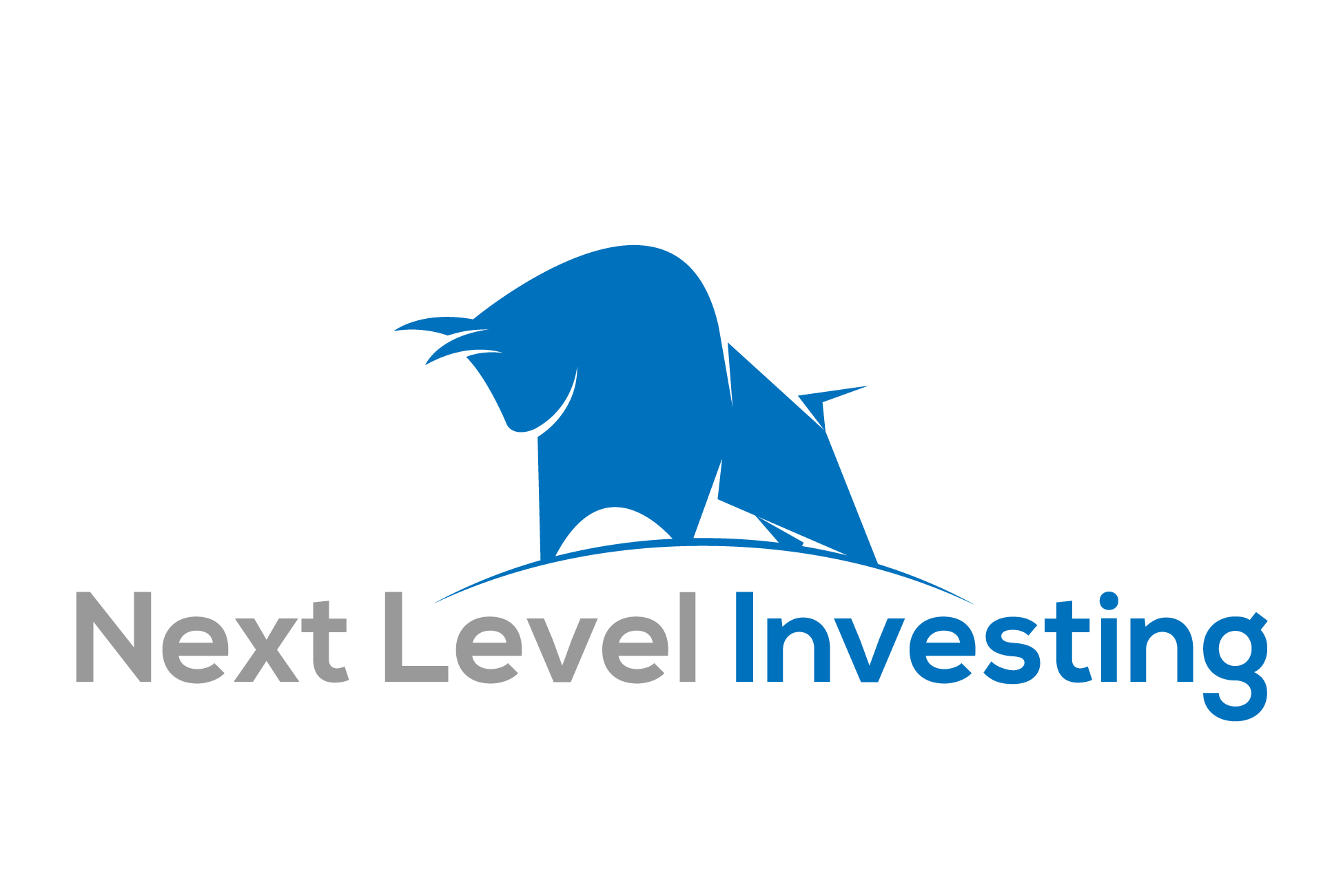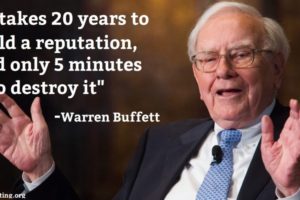
Disclaimer: This is for entertainment and educational purposes only. This is not investment advice. I am not an investment advisor, nor have I considered your personal situation as your fiduciary. In other words, any investment you make (or don't make) is completely your responsibility.
Southwest Airlines
As you may already know, one of my favorite investors of all time, Mohnish Pabrai, recently bought into an airline business. In fact, he actually beat Warren Buffett to the punch, buying Southwest Airlines before Berkshire Hathaway by close to three months (Oh, you didn’t know? Buffett also bought into Southwest…).
Knowing why Next Level Investors like Buffett or Pabrai buy any business, is sort of what I do here, and I find it extremely interesting and educational. Sometimes it can even be wealth increasing.
(you can read more about Why Buffett Purchased American Airlines Here)
Southwest's impressive growth numbers
Pay close attention to the Average growth rate for ROIC (Return On Invested Capital). Here you’ll find a number that is extremely close to that of the growth rate of Southwest Airline as a business. In fact, they have managed to grow their business by a compounded growth rate of approximately 16% per year, over the last 44 years. With ROIC growing substantially over the last 11 years, It looks as though Southwest isn’t stopping its growth pattern anytime soon.
What we’ll learn today
1. Why Pabrai chose to invest in Southwest Airlines
2. What makes Southwest special
3. How the industry has changed
4. Why the future of oil prices may help the airline business
5. Southwest’s amazing history (and Founder)
6. What Price Pabrai paid to invest in the business.
7. What’s the Value of Southwest is today
8. Our Next Level Price for Southwest
Why Southwest?
This is probably one of the most crucial questions when can ask when we’re looking to invest into any business. Why this company? As you and I both know, there are many competitors in each industry, and we have the delightful opportunity to invest in almost any of them. Because this is true, we should always first ask ourselves ‘Is this the best company in the industry?’. In other words, is it the most profitable, the most likely to last the longest, and the business that all other businesses in the industry are compared to? If it’s not, why do we still like it? Where’s our advantage?
This brings us to the story of Southwest Airlines, and to why Pabrai, who is by all accounts a true Next Level Investor, decided to put his money into Southwest, instead of say United, or American Airlines?
I’ve listened to a couple of interviews with Pabrai where he shares his reasoning for doing so and It seemed to boil down to two big points:
First, he believes that people are underestimating Southwest’s growth potential, especially when it comes to international expansion.
Second, he believes the culture of Southwest Airlines gives it a competitive advantage over every other airlines. In fact, the other Airlines have tried to have tried to emulate the Southwest culture, but they just can’t seem to make it stick.
The Southwest way
After diving into this business, I have to say, it’s easy to like this company. They have an iron focus on keeping fares low, costs even lower, and enjoyment high. LUV has managed to do this very well. After all, they’ve been profitable now for 44 years. That’s an impressive track record regardless of the industry. Being in the airline industry makes stats like that almost astonishing. This is amazing considering the fluctuations in the economy over that period of time
Their founder (Herb Kelleher) decided a long time ago that they we’re going to be ‘ eccentric when it comes to business, but extremely conservative when it comes to the balance sheet’. It’s certainly worked well for them so far. They have dedicated years to developing a certain culture within their business. This culture aims to facilitate happy workers with a spirit of fun. What’s the consequence of having a happy workforce? Happy passengers. If a business can continue to make their customers happy, that breeds loyalty. Here’s what the business main goals and workforce strive to achieve:
Their Purpose: Connect people to what’s important in their lives through friendly, reliable, low-cost air travel.
Their Vision: To become the World's Most Loved, Most Flown, and Most Profitable Airline.
Their Employees must have a:
1. Warrior Spirit
2. Servant’s Heart
3. Fun-LUVing Attitude
Their workers philosophy:
1. Work Safely
2. Wow Our Customers
3. Keep Costs Low
I think this is what truly sets Southwest above all the other airline companies. They seem to really pay attention to both the worker, and the customer experience. After all, they really are in the service industry, (They put people on big busses with wings…) and what could be more important than properly serving their passengers?
The Industry has changed (Mostly)
Mohnish Pabrai believes that the Airline industry, much like the auto industry, has changed. He now believes it is similar to the railroad industry. Which, if you know your history, was an industry with very poor past economics.
Here’s why you might think the airline industry sucks:
The dumbest competitor sets the price
Duopoly of where you can buy your airplane from (still exists)
Very cyclical
Capital intensive (Yes, Planes are very expensive)
Tight safety measure leading to higher costs
Asymmetrical exposure to negative events (ie. Hurricanes, economic turmoil, terrorism, etc.)
Unionized workforce (Strikes do not help the business)
Selling a commodity (Very little pricing power)
No control over fuel prices (which means roughly ⅓ of your costs/expenses are out of your control).
These are all negative factors working against the airline industry (Headwinds?). Slowly, and one by one, many of these negative factors no longer exist.
The Dumbest Competitor
The airline industry as a whole has undergone some major consolidation over the last several years. Companies like Southwest Airlines now enjoy a Quasi-Monopoly, with average seat load factor (number of butts in the seats) increasing from 73% to 83% in the last 7 years. They enjoy this Quasi-monopoly because if you want to fly to specific locations, you are practically forced to use Southwest Airlines.
Selling a Commodity
This factor still exists in the airline industry. The large advantage Southwest has over its competitors is the underlying culture of southwest. If you haven’t noticed, the ticker symbol for Southwest Airlines is Luv. This is not by accident, it’s built into their culture. They live and breath being helpful and courteous to anyone who flies with them.
Airlines and the future of oil prices
Mohnish Pabrai believes that we will not see high sustained fuel prices maybe ever again. His reasoning for this (which I agree with) is that the United States is now the ‘Swing Producer’ of oil. This means that anytime Oil hits a certain price, US Oil producers ramp up production leading to an oversupply in the market, and consequently, lowering prices again.
You could almost consider these American ‘Swing Producers as Arbitrage investors; They are taking advantage of producing more oil at a higher margin until that margin is eaten up.
It’s important to understand that before shale oil, the US was not the Swing Producer, but thanks to new technology in Shale Oil, they can now produce at ever cheaper levels. They also can’t be controlled or ‘reigned in’ like OPEC tends to be when they want to manipulate prices to the upside. This is because many oil producers are independent of each other. This is why Investors like Pabrai believe that oil prices will remain at low prices well into the foreseeable future.
Side Note: The US has an interior Secretary whose three favorite words are’ Drill Baby Drill’. Not only that, but under current leadership, the EPA and the Energy Department may be abolished.
Technology has substantially improved over the last couple of years, leading to decreases in ‘per barrel costs’ of the United states producers. This will continue into the future, especially if oil moves into the $75 to $100 for any period of time.
In other words, oil prices have a price ceiling going into the future, and the United States oil producers keep pushing that ceiling lower and lower with every iteration of new technology that is developed.
The History of Southwest, and it’s legendary leadership
Herb Kelleher. Odds are, you’ve never heard that name before. I know I hadn’t. At least not until I started digging into Southwest. Herb Kelleher is the Founder, a board member, and also a one time CEO of Southwest Airlines. He is now an 86 year old Texan, who still starts every morning with a cigarette (as in, he smokes it the moment he wakes up), cheese crackers, and who’s drink of choice is Wild Turkey Bourbon.
The Southwest story is an extremely interesting one. They were first incorporated in 1976, went through 4 ½ years of struggle to get off the ground (quite literally), and have been profitable since their second year flying planes in 1972. And they haven’t looked back since.
Herb knew he was doing something right when his sister-in-law came up to him after a flight she had taken on Southwest. She was a world traveller and had flown many other airlines. She said “ Herb, I know you’re going to be successful.” Herb asked her why that was? She says “ Well, I was just on one of your flights, and it was the best customer service I’ve ever experienced” Herb said “oh, that’s great! How many people were on the flight?” she says “Just me”... (Pause for laugh)
You know what, I could go through all the details of this journey and the awesome vision of Herb Kelleher, but I’d rather he told you the story.
Here’s what you’ll learn in this interview Herb did with NPR.
How Southwest came to be. (and the years of litigation)
How Southwest Airlines became the largest liquor distributor in Texas in the 1970’s (yes, you read that correctly).
How they had changed the way airlines were operated.
How they were able to charge substantially less than any other airline (40% less than competitors at their inception)
What they started doing as a business in 1972 that would change them forever. And they still do this today.
And so much more. You have to listen to it, it’s really great.
Next time:
We’ll finish off the last three items on our list:
6. What Price Pabrai paid to invest in the business.
7. What’s the Value of Southwest is today
8. Our Next Level Price for Southwest
It’s going to be a fun and quick one!
We’ll talk again soon,
~Ryan Chudyk~
PS.
If you’re not already part of the Newsletter and want to be notified when the next post goes live sign up below. As a free gift you’ll get my NLI Checklist. Something all great investors use to stay rational when investing. Sign up today!





Leave a Reply
Get in the Conversation, Share your opinion.